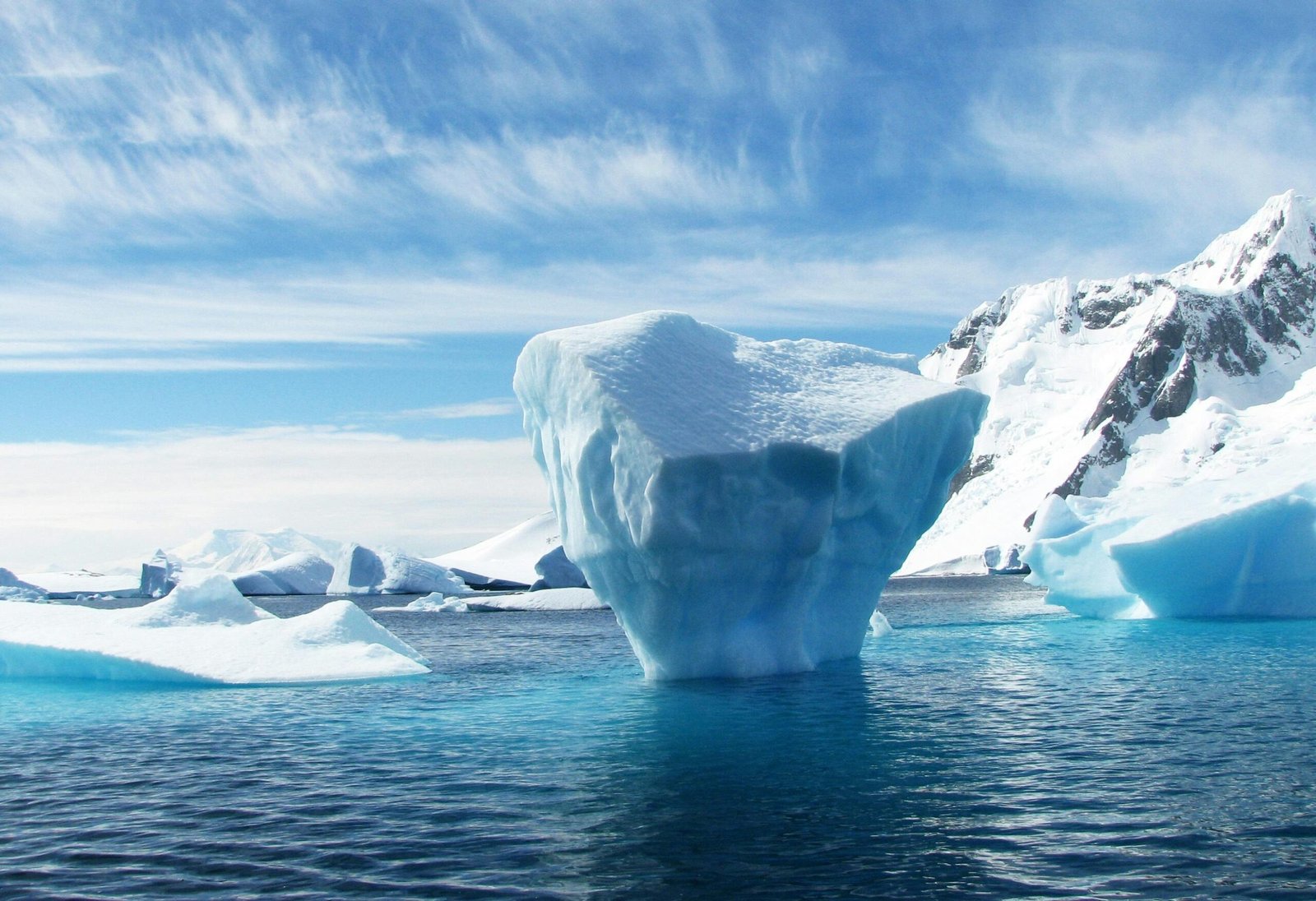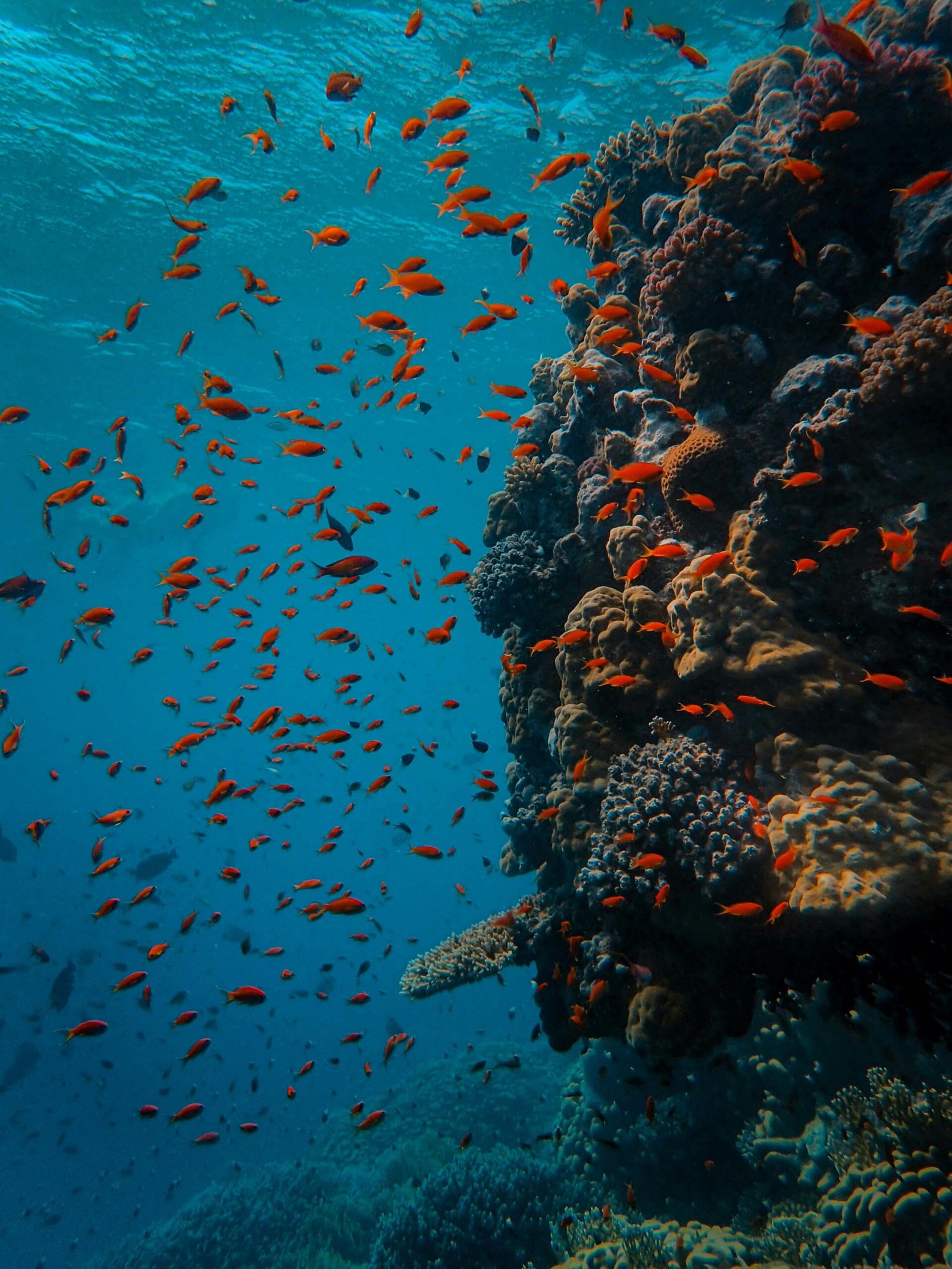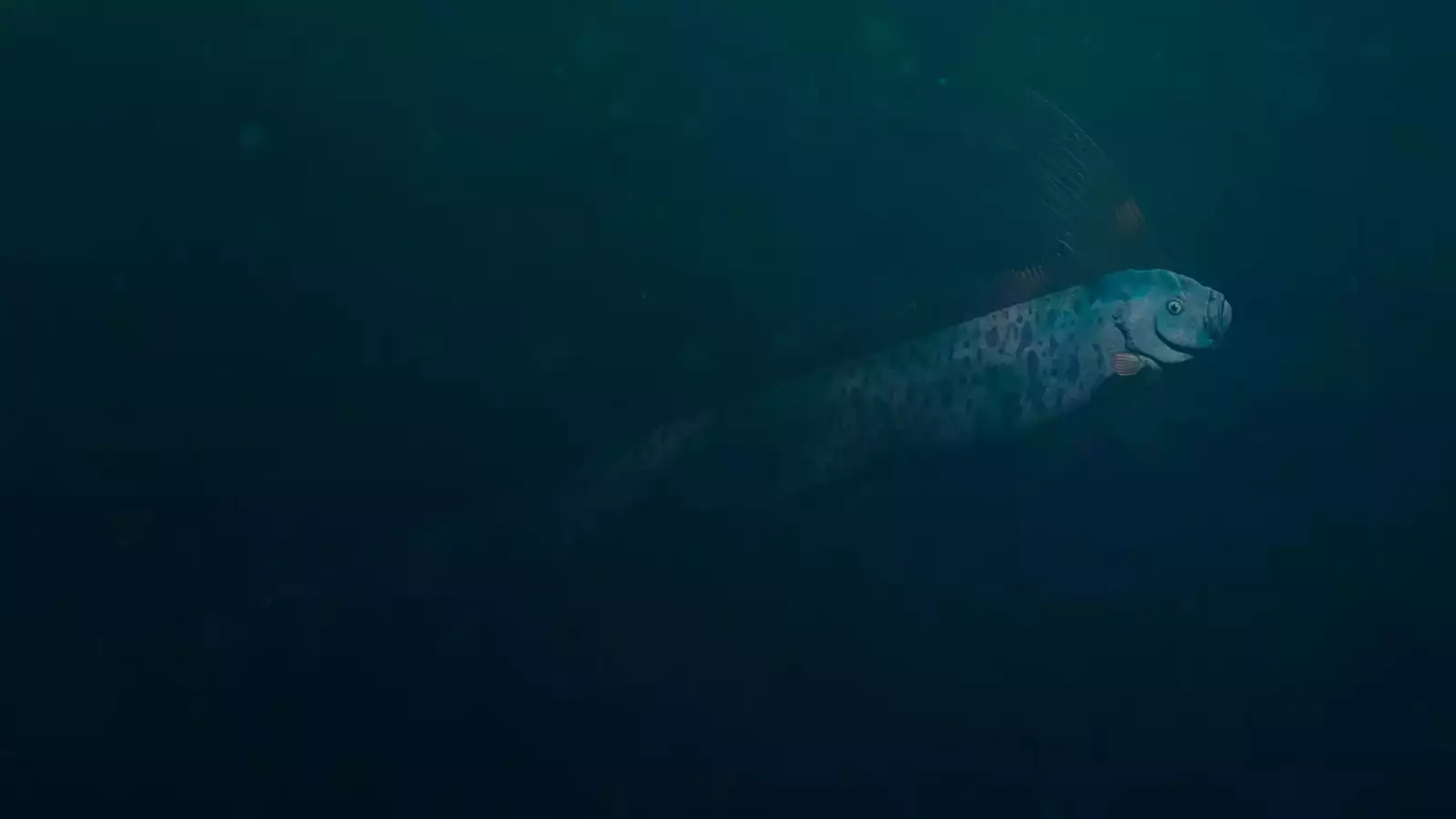The animal kingdom is often dominated by the males, but in the depths of the ocean, the females rule supreme. Welcome to “King of the Seas: The Megalodon.”
Sharks have always fascinated and terrified us. Among them, the Megalodon, the largest shark that ever lived, reigns supreme in our imagination. But what do we know about these ancient predators? How did they live, hunt, and dominate the oceans?
(Cut to underwater scenes of various shark species, emphasizing their size and power.)
[SEGMENT 1: THE GREAT WHITE SHARK]
Narrator:
Let’s start with a close relative of the Megalodon, the Great White Shark. In Mossel Bay, South Africa, researcher Allison Towner investigates these formidable creatures.
(Cut to Allison Towner tagging a large female Great White Shark.)
Allison Towner:
If there’s one species of shark to be cautious around, it’s the Great White. The females, especially, can be enormous, growing up to 21 feet and weighing around two tons.
(Show footage of Great Whites hunting seals.)
Narrator:
These massive females must provide nutrients for up to 17 live young, each measuring up to five feet long. This immense demand makes them more aggressive and constantly on the hunt.
[SEGMENT 2: SHARK BEHAVIOR AND PERSONALITY]
Narrator:
But size isn’t the only factor. Dr Thomas Vanow studies shark behaviour and personality, focusing on Bull and Tiger Sharks.
(Cut to Dr. Vanow observing sharks in Fiji and Fuvamula.)
Dr. Thomas Vanow:
Male sharks tend to be more cautious, while females are confident and bold. This behaviour could explain their dominance in the ocean.
Narrator:
Thomas uses ethograms to score shark personalities, finding that females consistently rank higher in confidence and boldness.
[SEGMENT 3: SHARK ATTACKS AND HUMAN CONFLICT]
Narrator:
The question remains: why do sharks attack humans? George Burgess, a shark attack expert, believes size and dominance play crucial roles.
(Cut to George Burgess analyzing shark attack data.)
George Burgess:
Most attacks are by large sharks, often females. Their size alone makes them more capable of causing significant harm.
Narrator:
In Fuvamula, Eric Cluwa explores the link between shark genetics and aggressive behaviour.
Eric Cluwa:
If we can identify the DNA of aggressive sharks, we might prevent future attacks by understanding their behaviour better.
[SEGMENT 4: TRACKING AND TAGGING]
Narrator:
In Mossel Bay, Allison Towner’s team tags a large female Great White to track her movements and behaviour.
(Show footage of the team successfully tagging the shark and tracking her.)
Allison Towner:
This active tracking gives us invaluable insights into these magnificent creatures’ hunting patterns and territorial behaviour.
[SEGMENT 5: THE LEGEND OF THE MEGALODON]
As we uncover more about modern sharks, we get closer to understanding the Megalodon. This prehistoric giant, reaching lengths of 60 feet, ruled the oceans millions of years ago.
(Show CGI reconstructions of Megalodons hunting prehistoric whales.)
With massive jaws and an insatiable hunger, the Megalodon was the apex predator of its time. Understanding today’s sharks brings us a step closer to unravelling the mysteries of these ancient giants.
From the Great White to the long-extinct Megalodon, the seas have always been ruled by these powerful predators. Their dominance, driven by size, behaviour, and sheer power, continues to captivate and intrigue us.
(Closing montage of shark footage.)
Narrator:
Join us next time as we dive deeper into the ocean’s mysteries. Until then, remember, the true king of the seas may still be out there, lurking in the depths.
Share this content:




Thank you for sharing this information! If you need some details about Broadband & ISP Industry than have a look here Webemail24